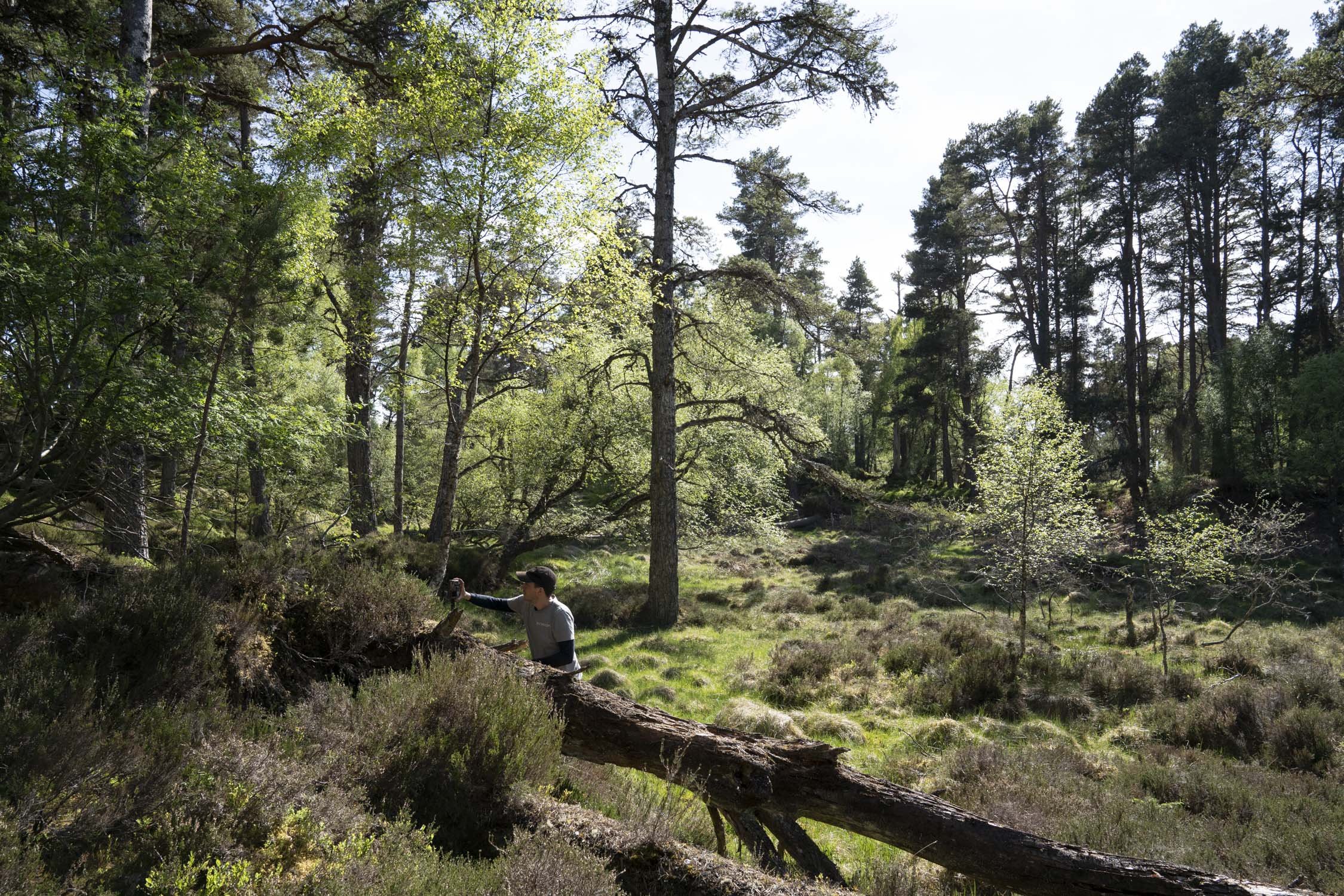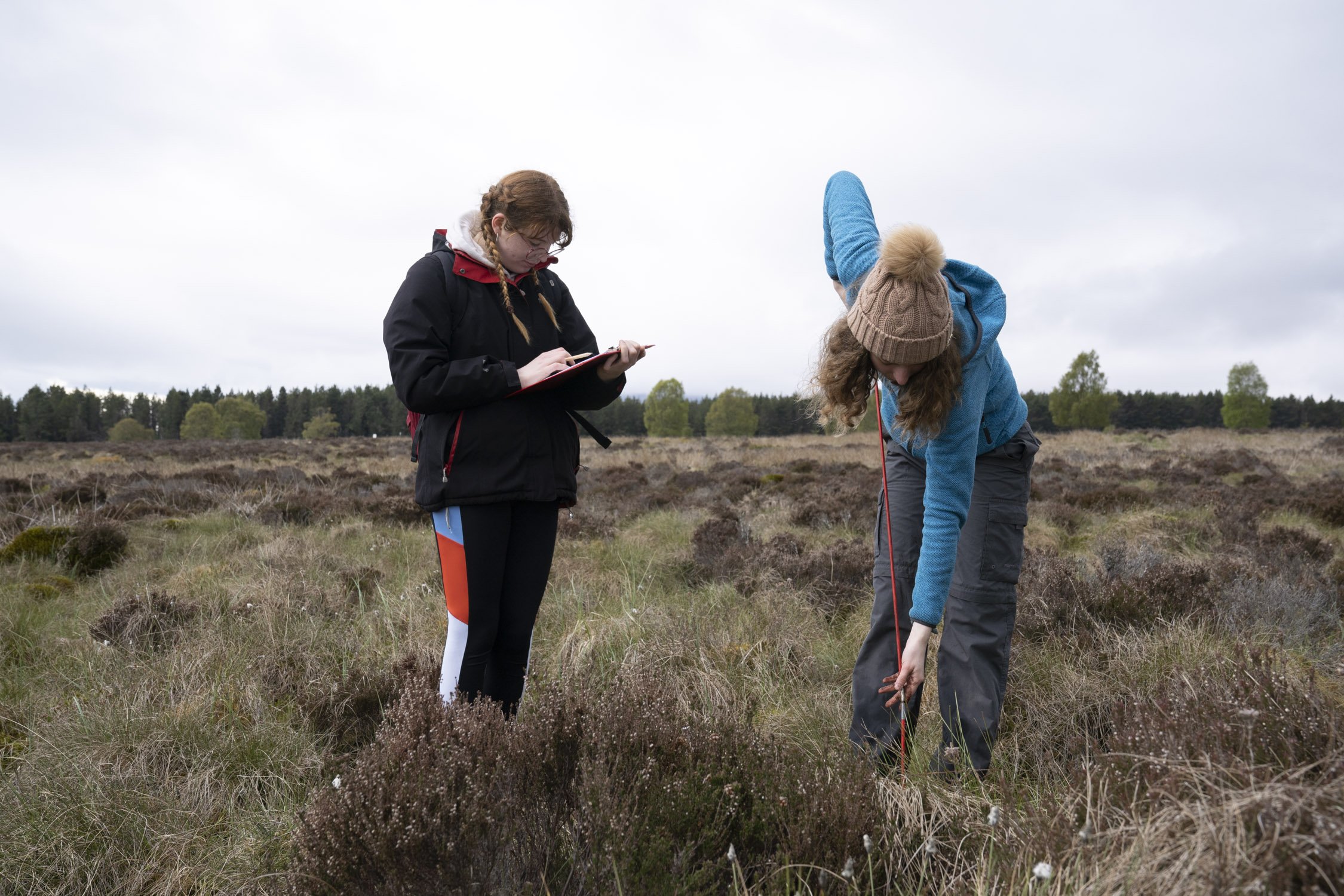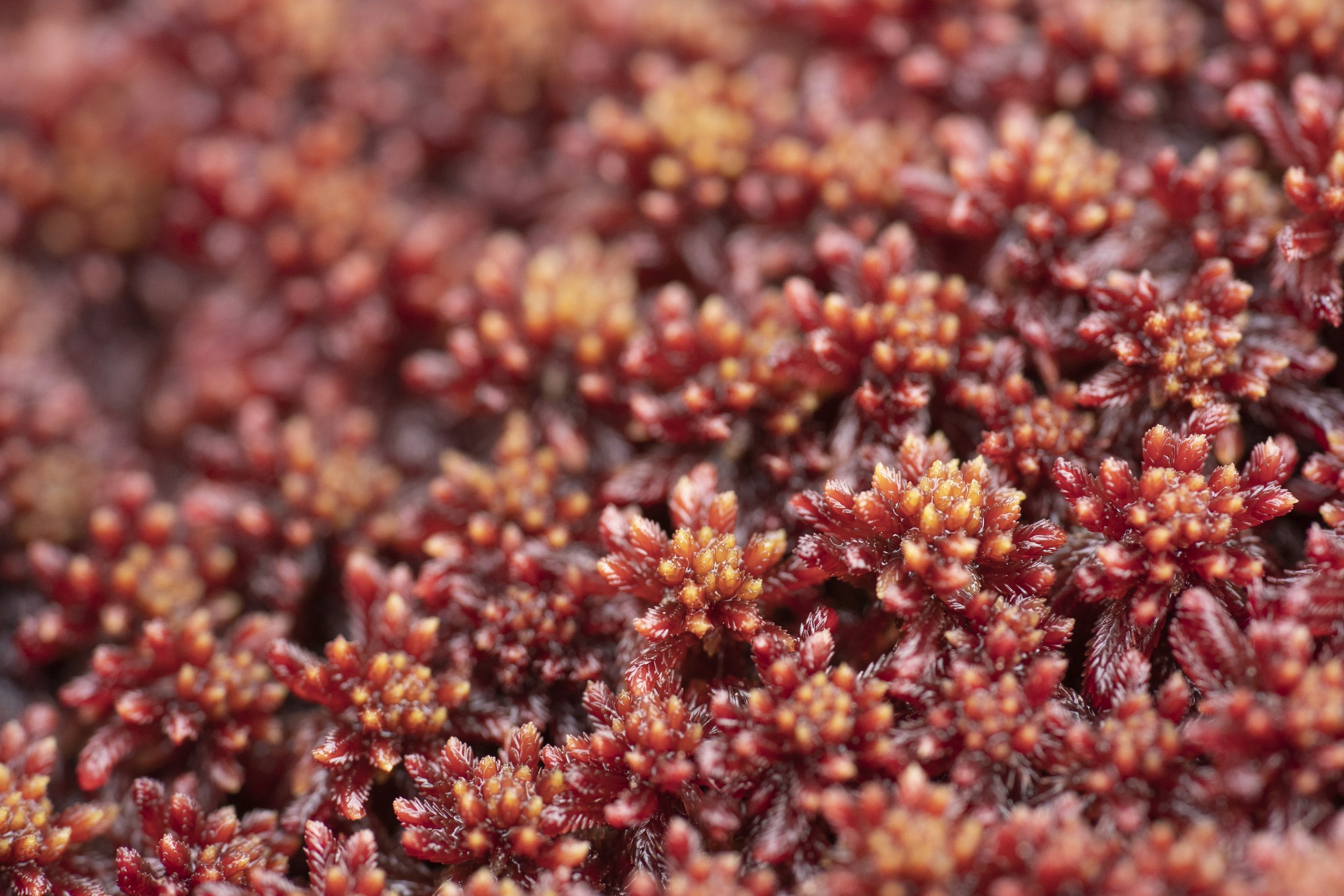
Research Strategy
Our research process aims to measure the increase in carbon sequestration and biodiversity in as much detail as possible, all while enabling the creation of local, nature-based jobs in the process.
Operating on a yearly basis, we map and verify the natural capital achieved, to assess the impact of the interventions we are undertaking.
We are working with a range of experts to produce species lists, scientific data, mapping and recommendations, for all estates that Highlands Rewilding operates, starting with the baseline year. This baseline will create an evidence base to be used for future reporting years, across a variety of land types.
Expert analysis of the data collected will enable us to decide on any required intervention in the later half of the year - for example, where best to plant new trees and where to allow natural regeneration to take place. We hope to achieve a nature-led recovery where possible, intervening where required to boost the carbon, biodiversity, or ideally, both.
Some of the techniques involved in our surveys include observational ecological surveys, e-DNA sampling, drone surveys, LIDAR, soil analysis and satellite remote sensing calibrated by ground truthing. You can learn more about our collaborators here.
To learn about our initial results on Bunloit and Beldorney and Tayvallich you can read our 2021, 2022 and 2024 Natural Capital Reports.
Research Themes
Community Led Delivery
We aim to work within, and for all the communities that we are part of. This includes both our local geographic communities, as well as the academic and business communities and networks we are part of, that focus on advancing the development of nature-based solutions.
Nature Led Recovery
We believe that when given a chance, nature can rebound and recover with dramatic results. As such, we aim to undertake minimal intervention on the land, assisting where needed to allow nature to take its course.
Embracing Innovation and Change
There are multiple new opportunities in technology and innovation that we believe can have dramatic effects on pushing the boundaries of nature-based solutions. From satellite and drone imagery to advances in eDNA testing, we aim to explore all areas that could help drive our impact mission.
Evidence Based Science
By setting our intention for Bunloit to be an open laboratory for nature-based solutions, we aim to collect a large evidence base that can be accessible for all to support and drive NbS research.
High Quality Credits
Our work aims to produce high-quality, evidence based natural capital, and as such we aim to align our research outputs with the best available criteria for high quality credits.
Carbon
Creating meaningful increases in carbon sequestration - where carbon is drawn down from the atmosphere and stored in natural forms - is a key goal of Highlands Rewilding. This will be conducted through changes in land management that provide a beneficial impact on the natural environment, creating increases in biomass and soil carbon drawdown. Examples include peat restoration and woodland creation.
Carbon stock is stored in four areas in our estates:
● Aboveground Biomass – biomass within trees and plants
● Belowground Biomass – roots and other plant life in the soil
● Dead Organic Matter – leaf litter and dead branches on the ground
● Soil Organic Carbon – carbon locked up in the soil itself
From engaging with specialists, we have identified that the two key areas to monitor – and those with the most opportunity to increase stocks – are the aboveground biomass and soil organic carbon. We are therefore exploring technologies to measure these areas in the most granular detail available, to build a carbon stock baseline to measure changes against.
These will then be monitored each year, forming the evidence base for a release of carbon credits every five years.
Biodiversity
An intricate, complex system, our biodiversity will be measured across 12 categories of plants, animals and fungi to understand the multi-dimensional web of life on the estates. Through our surveys we will be able to analyse species richness, abundance and distribution, ecosystem function traits, trophic status and roles within ecosystem processes.
We are using our frontline data collection activities to inform Rewilding Britain’s new standardised data frameworks. We aim to help them identify the most effective structure and format to collect and store data, and provide leadership for other rewilding projects across the UK to follow.
Species and ecosystem diversity is key when looking at boosting biodiversity in an area, through both fauna and flora. We will be looking at mammals, birds, amphibians, reptiles, insects, trees, flowering plants, grasses, ferns, lichens, mosses and fungi. We are working with a range of ecologists to quantify the data and inform best practice moving forward.
-

We aim to demonstrate that natural capital can be grown verifiably for planet, people and profit both in wildland and actively managed land.
-

From camera trapping mammals to surveying lichens, drone surveys to e-DNA sampling. Learn more about our collaborators and their work.
-

Interested in rewilding? See how you can get involved by contributing to our research through volunteering and citizen science.






